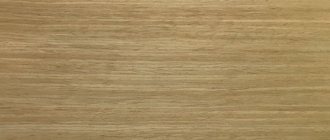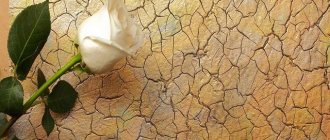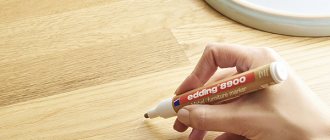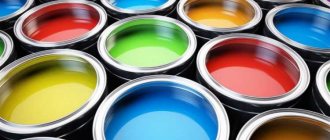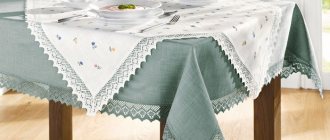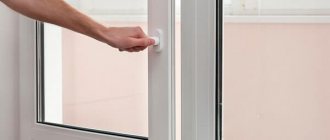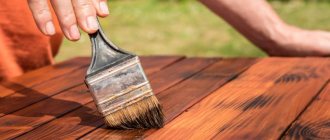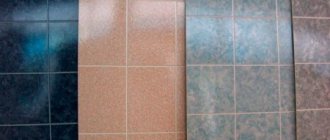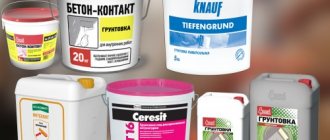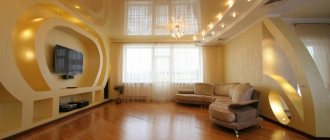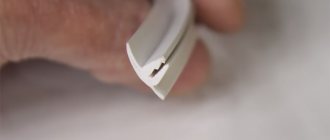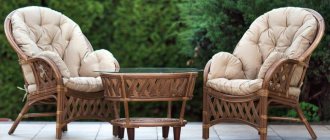In the design of classic and modern interiors you cannot do without wood. The high cost of natural wood (especially elite species), and, accordingly, products made from it, forces us to look for ways to reduce the cost of products. This is why veneered MDF is so in demand in the furniture industry today.[contents]
MDF - medium density board is considered an environmentally friendly material, since sawdust from thin gauges, knots, and wood with defects is used for its production. Binders are introduced into production raw materials: paraffin, resins, modified melanin. The homogeneous mixture is pressed under pressure and high temperature aggression into thick sheets.
Interior doors finished with noble or exotic wood, furniture panels and cabinets, wall panels are perhaps the best solutions in interior design.
How is veneered MDF made?
The production of such material is a rather labor-intensive process, but with the help of high-tech equipment and the skill of workers, excellent results are achieved.
The enterprises use fully automatic mechanisms and high-quality raw materials. Natural veneer arrives at factories in rolls or bundles; packaging is carried out taking into account the required dimensions and properties that will distinguish the final product. Experienced craftsmen place prepared veneer sheets on the MDF surface prepared and treated with a special adhesive composition. When using rolled raw materials, gluing is carried out in one step. When gluing veneer, which is brought in packs, a special technology is used. It consists of longitudinal and transverse gluing, which resembles a fish bone. There are other gluing methods. But all processes are strictly controlled by workers and with the help of a computer, which carries out measurements and settings. The veneer is glued onto MDF boards using an adhesive. The next step is drying under a press, after which the surface still needs to be sanded and varnished. Today, many industries use a drying press at high temperatures. It makes it possible to glue veneer onto many MDF boards in a short time, therefore, much less time and money is spent on warehouses for drying the final product. If the MDF surface is uneven, for example, on shaped door panels, the vacuum gluing technique is used. However, this process is more expensive and time consuming.
After all these procedures, the resulting veneer board must be sanded first across and then along. Only after this a perfectly smooth surface is obtained. In addition, in order for the varnish to lay down more evenly, the veneered surface must be ironed with a hot roller. This must be done because there is a possibility of wood fibers rising on the veneer during the application of paints and varnishes. As a result, bumps or depressions may form on the painted surface, which greatly spoil the appearance and quality of the final product. For this reason, ironing technology is used, during which excess fibers are soldered to the surface, and it becomes completely smooth.
The slab is painted with transparent or opaque varnish, colored paint, and also special wax.
MDF veneering: technology
Veneering is a decorative method of finishing chipboard and MDF boards. After the production stage, the sheets are sorted by shade, texture, and thickness. The surfaces are treated with putty and sanded. Then a special compound is applied and the veneer is joined using one of the technologies, which involves gluing a veneer “shirt” to the base using:
- Vacuum connection.
- Cold method using special compounds: resins, glue.
- By pressing and heat treatment.
Veneering of panels can be one-sided or two-sided. When working only with the front side, after the glue and sawdust dry, the base may bend. In order to maintain the shape, paper or an identical sheet is glued to the back. The result is high-quality products that look no different from natural wood, but with better performance indicators:
- strength;
- resistance to atmospheric conditions;
- no deformation.
